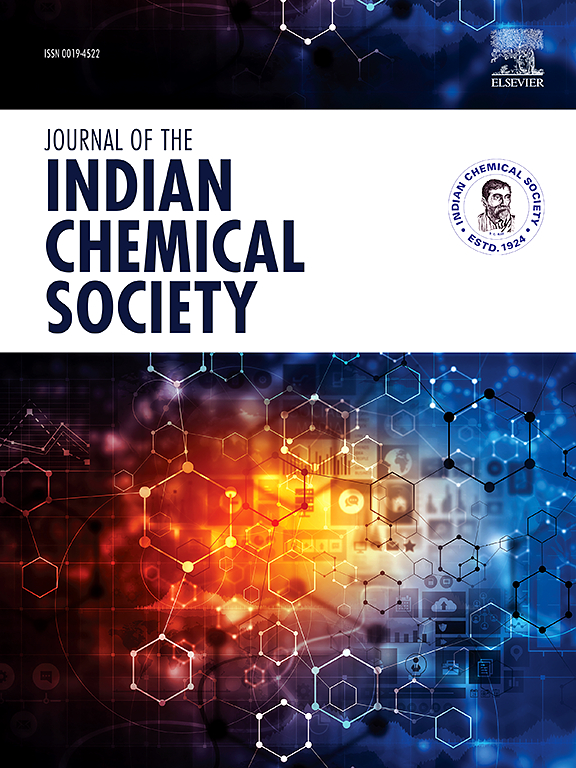Innovative glycochenodeoxycholic Acid-Acrylamide Nanopolymer carriers: Regulating upper critical solution temperature on neurorehabilitation
IF 3.2
4区 化学
Q2 CHEMISTRY, MULTIDISCIPLINARY
引用次数: 0
Abstract
Neurorehabilitation focuses on restoring function in patients with central and peripheral nervous system disorders, yet effective therapeutic options remain scarce. This study introduces a novel nanocopolymer, CaCO3-PAAm-GDCA, synthesized through reversible addition-fragmentation chain transfer polymerization of glycodeoxycholic acid, acrylamide, and CaCO3. This nanocopolymer exhibits a sharp and reversible insoluble-to-soluble transition in water at a temperature related to its upper critical solution temperature (UCST), which can be finely adjusted to a practical range around 37 °C, suitable for biomedical applications. The addition of β-cyclodextrin (β-CD) modulates this transition temperature by forming host-guest complexes, further enhancing the copolymer’s adaptability. When loaded with compound 1, the resulting CaCO3-PAAm-GDCA@1 significantly promoted the proliferation of damaged neuronal HT22 cells and inhibited ferroptosis through the modulation of Nrf2 and GPX4 pathways. This study provides a strong foundation for the development of neuroprotective drugs, highlighting the potential of tailored nanocopolymers in advanced neurorehabilitation therapies.
创新性甘氨胆酸-丙烯酰胺纳米聚合物载体:调节临界溶液温度对神经康复的影响
神经康复的重点是恢复中枢和周围神经系统疾病患者的功能,但有效的治疗方案仍然很少。本研究介绍了一种新型纳米聚合物 CaCO3-PAAm-GDCA,它是通过糖去氧胆酸、丙烯酰胺和 CaCO3 的可逆加成-断裂链转移聚合反应合成的。这种纳米聚合物在水中表现出急剧和可逆的不溶到可溶转变,转变温度与其上临界溶液温度(UCST)有关,该温度可微调至 37 °C 左右的实用范围,适合生物医学应用。β-环糊精(β-CD)的加入可通过形成主客体复合物来调节这一转变温度,从而进一步提高共聚物的适应性。当负载化合物 1 时,所产生的 CaCO3-PAAm-GDCA@1 能显著促进受损神经元 HT22 细胞的增殖,并通过调节 Nrf2 和 GPX4 通路抑制铁突变。这项研究为神经保护药物的开发奠定了坚实的基础,凸显了定制纳米聚合物在高级神经康复疗法中的潜力。
本文章由计算机程序翻译,如有差异,请以英文原文为准。
求助全文
约1分钟内获得全文
求助全文
来源期刊
CiteScore
3.50
自引率
7.70%
发文量
492
审稿时长
3-8 weeks
期刊介绍:
The Journal of the Indian Chemical Society publishes original, fundamental, theorical, experimental research work of highest quality in all areas of chemistry, biochemistry, medicinal chemistry, electrochemistry, agrochemistry, chemical engineering and technology, food chemistry, environmental chemistry, etc.

 求助内容:
求助内容: 应助结果提醒方式:
应助结果提醒方式:


